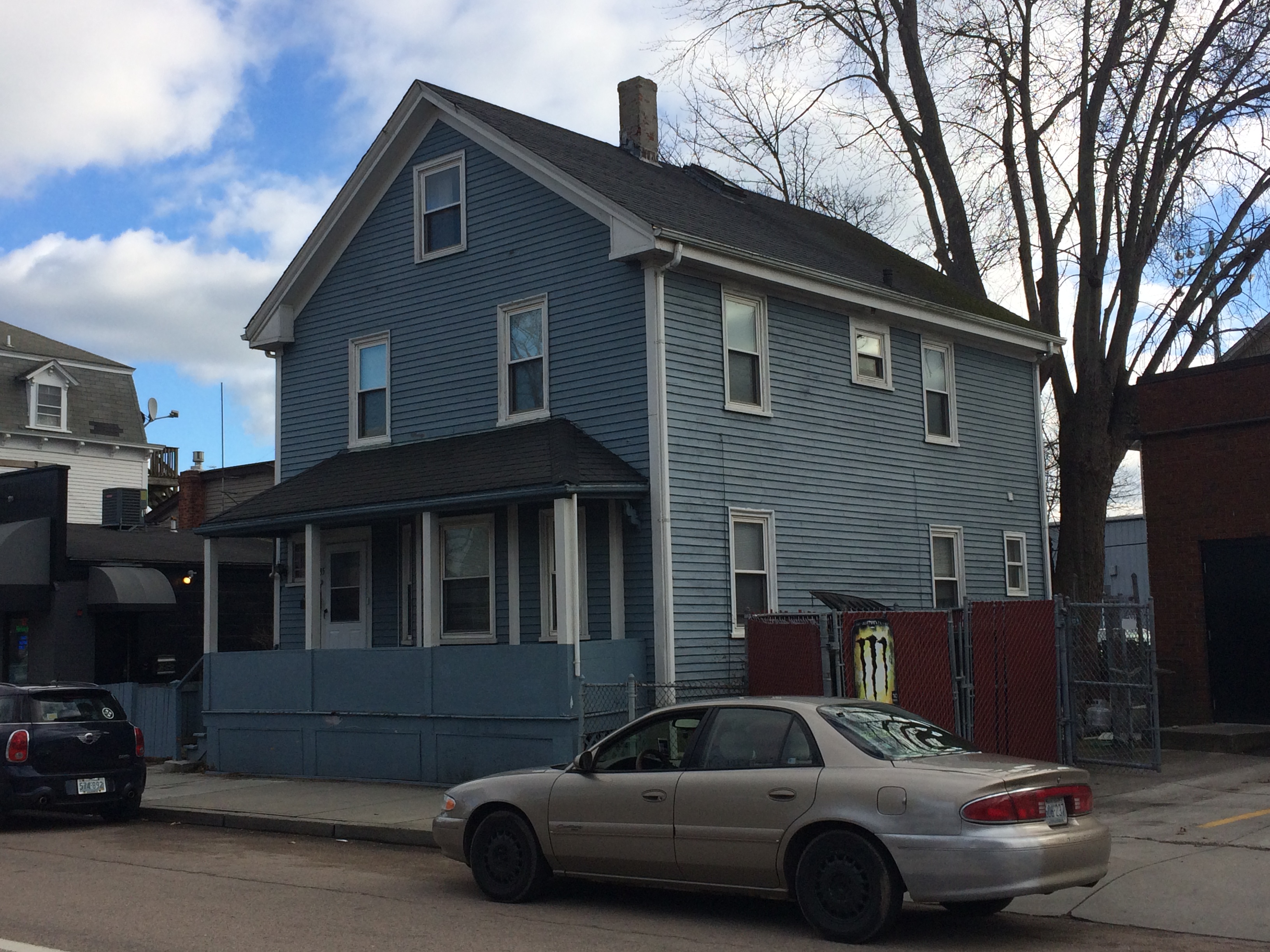Mrs. L. Jackson Tourist Home
Known Name(s)
Mrs. L. Jackson Tourist Home
Address
35 Bath Rd. Newport, RI
Establishment Type(s)
Tourist Home
Physical Status
Extant
Detailed History
The Mrs. L. Jackson Tourist Home, at 35 Bath Rd., was listed in The Green Book from 1939 to 1956; it is the second longest listing in Newport.
The occupants of the house during this period were Sophie Burney (Burnett on the 1940 Federal Census), Amanda Torrence, and Adele Henderson, all African-American widows. Burney was born in Virginia in 1883. Torrence was born in Virginia in 1863, likely to an enslaved mother. Henderson was born in Maryland in 1889. How they met each other is unknown.
By 1940, Torrence had retired, and Burney and Henderson were working in private homes elsewhere in Newport. In 1939, they began listing their home in The Green Book, something that seems to have worked out for them, as they continued listing until 1956. Being at home the most, Torrence may have looked after the residence, provided her health allowed her to do so.
Initially, the trio rented the property from Carolyn Ann Marshall, who owned it as part of a trust given to her by her father, Henry. On December 11, 1945, Marshall sold the property to Burney. But just one month later, Burney sold it to the Hope Circle King’s Daughters and Sons, Inc. Information on the HCKD&S is scant, but they may have been connected with the International Order of the King’s Daughters and Sons (KDS), a nondenominational Christian service organization headquartered in Chautauqua, NY. The HCKD&S held the property until 1976, exactly 20 years after the last Green Book listing.
Interestingly, there is no record of an L. Jackson connected with the site. No L. Jackson ever owned the property and no Jackson, first initial L. or otherwise, was living on Bath Road at this time. Burney, however, listed herself in the Newport Directories every year that the site was listed in The Green Book. Currently, there is no explanation for why the Tourist Home was named Jackson or who L. Jackson was. There is also no reason why the three women couldn't have used the name Jackson anyway, especially if it had meaning to them.
The L. Jackson Tourist Home raises an important question of how The Green Book solicited and maintained its listings. In 1947, Bath Rd. underwent what is best described as urban renewal, after which its name was changed to Memorial Blvd. Yet, the Green Book's listings never reflected this change. One thinks it would be confusing for out-of-town visitors to have an incorrect street address. Were these listings simply repeated year to year? Or, did the owners have to send an update, in which case, why didn’t Burney provide new information? Answers to these questions remain outstanding.
The Mrs. L. Jackson Tourist Home also yields insight into why other sites, like the Mrs. R. Craddle Tourist Home (165 Spring St.) and the Mrs. C.F. Burton Tourist Home (7 DeBlois St.) are so difficult to trace. Perhaps they were operated under other names by people who opted not to list themselves in the directories. These sites remind us of that African-Americans still faced considerable racial violence. Preserving their privacy yet making oneself known within the African-American community was one importance defensive measure.
 The L. Jackson Tourist Home at 35 Bath Rd (now Memorial Blvd) in Newport.
The L. Jackson Tourist Home at 35 Bath Rd (now Memorial Blvd) in Newport. 


